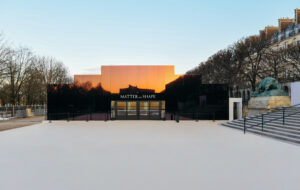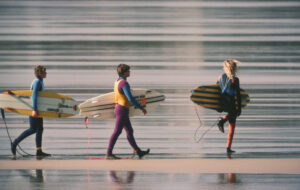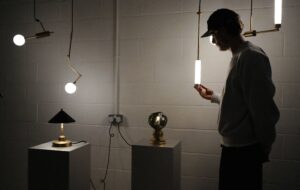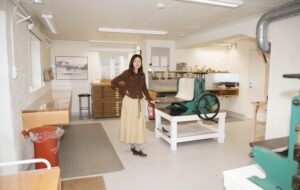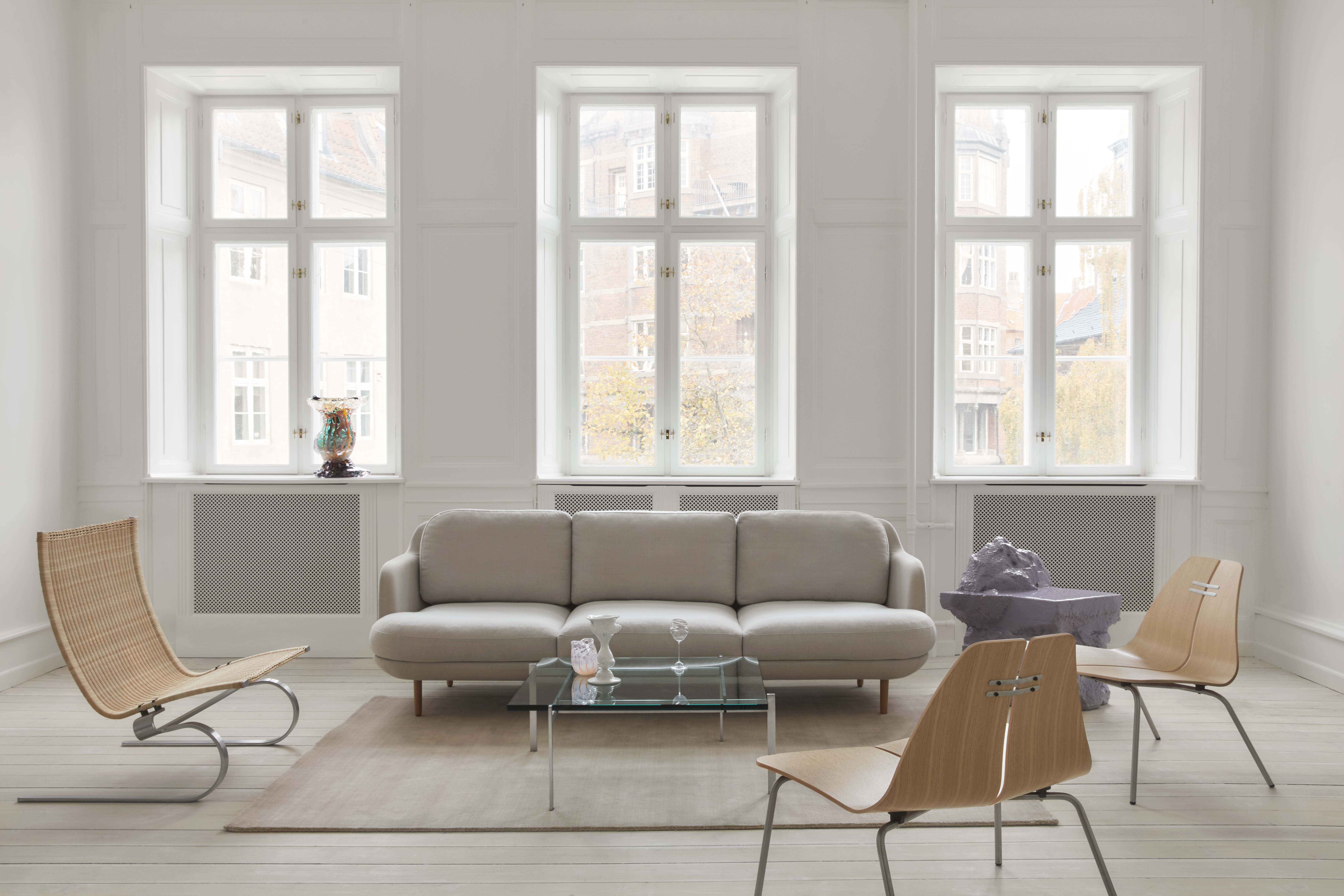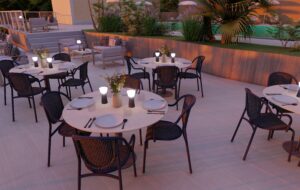


words Justin McGuirk
Taxinge Piazza, in Tensta, a northern suburb of Stockholm, is a new kind of public square.
It used to be a car park adjoining a shopping centre and an art gallery, but in a highly original act of public space-making a group of artists and designers succeeded in transforming it into a square using almost no resources other than those they could get provided as a public service.
The project is the work of International Festival, comprising performance artist Mårten Spangberg and architect Tor Lindstrand, and design group Front. International Festival was asked by Tensta’s local authority to build a structure for a national building fair and offered a budget of €5,000 (£3,350). “We said we can’t do anything for €5,000, but we can make a plan for redesignating the parking lot and creating an engaging environment for the local community,” says Spangberg.
The first step was to get the car park redesignated, which Spangberg says they achieved after “approximately a billion meetings”. Then they had to transform the space with almost no budget, which they did by employing the cheap services of the local road-maintenance department. Bicycle lane symbols and other road markings were used to create a work of urban graphic design.
The square can now be accessed directly from the Tensta Konsthall, the interior of which was designed by Front last year (icon 022). A red curtain of “slaughterhouse” plastic screens off the shopping centre, while a stand of seating turns the square into an open-air auditorium. “It’s amazing to see a public space being born,” says Spangberg. “Now we have more opportunities for entertainment and happiness – and without building a cineplex.”
But the redesign also has democratic repercussions, as he explains: “In a car park, you’re not allowed to have political meetings, organise demonstrations, distribute leaflets or sell your own goods. But if it’s called a public square, then you cannot not be allowed.”
Spangberg feels that the square, which has increased public space in Tensta by ten per cent, can be used as a manual for creating such spaces across Europe. He says, “One square is cool, but 600 is perfect.”

